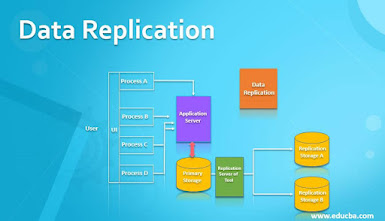Migrating Databases to S3 with AWS Database Migration Service
In July 2019, an announcement was made by tech giant Amazon that from then on, AWS DMS (Amazon Web Service Database Migration Service) would offer support to database migration done through AWS DMS S3 (Simple Storage Service). Traditionally, S3 has been used as the target for database migration while creating data lakes. This data is later used by various services of Amazon such as Amazon EMR, Athena, and Redshift Spectrum. For a long, users have wanted a system that would help database migration to S3. The launch of AWS DMS S3 fulfilled this need.
There are several reasons
for migrating databases with AWS
DMS S3 and users can avail of all
the benefits of a cloud-based service.
First is the unlimited
storage facility provided on S3. Any additional storage required during
migration can be downloaded in minutes by paying only for the volume of
resources used. In traditional databases, flat fees are charged for storage.
Hence, S3 is a very cost-effective proposition.
Next, S3 provides high
computing power. Even when several users simultaneously execute multiple
intricate queries, there is no lag or drop in the performance of the
databases.
As stated, S3 brings the
benefits of a cloud-based environment to the table. These include stringent
data protection capabilities, data replication functions, access management,
and cost affordability. S3 can also perform unrestricted objects of Batch
operations and database migration with AWS
DMS to S3 both within and outside
the region. `
Before taking up AWS DMS to S3, it is necessary to ensure that both the S3 bucket
and the DMS replication instance used in migration are in the same AWS
region.




Comments
Post a Comment